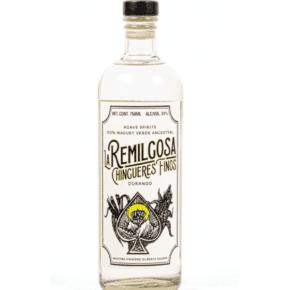In Spanish, reposado means rested. A reposado mezcal has been aged in wood for at least two months and up to one year. This is according to the Norma Oficial Mexicana (NOM) for mezcal (often referred to as the norma or norm), which is the set of regulations that govern the production of certified mezcal.
Are there other types of reposado mezcals?
The two months to one year rule applies to regional mezcals such as bacanora and raicilla. Raicilla, a regional mezcal from Jalisco that has its own denomination of origin (DO) and pending norm, has a similar proposed definition of “reposado.” A reposado raicilla must be aged in wood for two months to one year, and the regulations additionally stipulate that the barrels should be stored in a space with minimal fluctuation in light, temperature, and humidity.
Bacanora, a regional mezcal from Sonora, must be rested in an oak barrel for at least two months to be labeled as reposado or “aged.”
Meanwhile, reposado tequila must also be rested for at least two months in a wooden tank or barrel, but producers may choose to rest the spirit for longer than a year.
While we’re on the subject of the difference between tequila and mezcal, the norm for mezcal dictates that a reposado must be rested in wood, but does not specify the type of wood. In contrast, aged tequila must be rested in oak.
Is there such thing as reposado sotol?
Yes, and it follows the same basic rules as reposado mezcal and tequila. Reposado sotol must be rested for at least two months. In this case the NOM specifies various types of wood: oak, chesnut, acacia, beech, or ash.
The low-down on reposado mezcal
Mezcal purists typically reject reposados and other aged expressions as a convention adopted from tequila producers, who allegedly began the practice in order to appeal to gringo drinkers who were accustomed to whisky and other aged spirits. However, some producers think aged mezcal has potential and have been experimenting with interesting variations like aging in local wood.













Leave a Comment